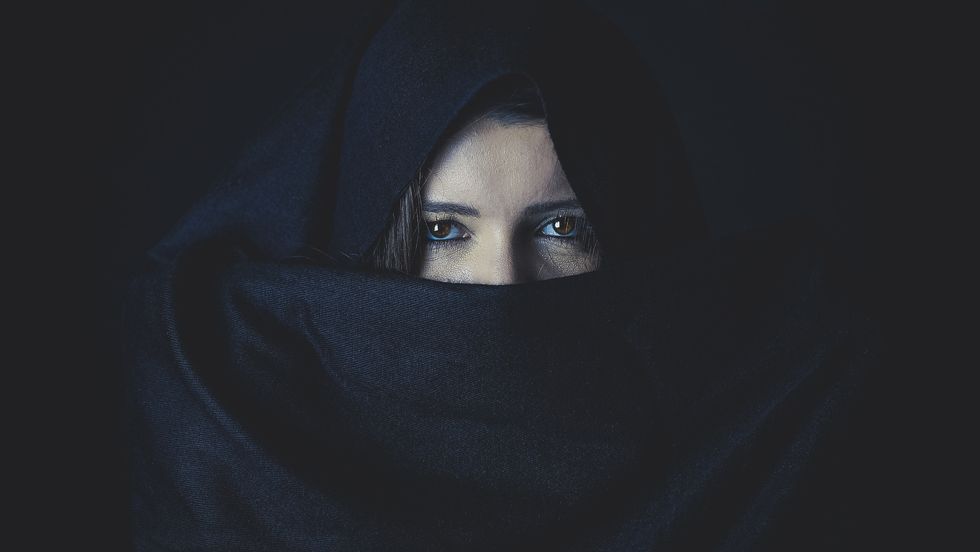With much of the Islamophobia that takes place in the United States today, it is not surprising to find that the hijab, a traditional form of head covering worn by some Muslim women, is debated as a symbol of women's oppression.
As an article in the New York Times reads, “Today, well-intentioned women are wearing headscarves in interfaith “solidarity.” But, to us, they stand on the wrong side of a lethal war of ideas that sexually objectifies women as vessels for honor and temptation, absolving men of personal responsibility.”
As many already know, the tradition of women's head covering was a notion of respect and modesty. Today, many would argue that the hijab perpetuates oppression because of the history behind it. While this tradition was certainly not empowering, Muslim women today have different perspectives on the hijab in different areas of the world and from different backgrounds.
Many Muslim women, when asked why they wear the hijab, respond with attitudes of respect for their religion and culture. In an article in USA Today, Sameeha Ahmad, a student at the University of Maryland, was asked about her decision to wear the hijab: "The way you look at it from a religious perspective, it empowers you by strengthening your relationship with God. It’s a step you are taking to further yourself within your own religion.” For Sameeha, the choice to wear hijab is influenced by religion and the desire to represent it, a right that was not enforced upon her.
Many people believe that no woman should have to wear the hijab because it is demeaning and a form of objectification. This mindset is at the root of ethnocentrism: assuming that Western culture is the correct way of life. It also homogenizes all Muslim women into a single group without respect for personal choice and individualism. While it may seem like an attempt to help save Muslim women, it is entirely wrong and disrespectful. Who’s to say Muslim women need saving in the first place?
The decision whether or not to wear hijab is a personal decision; it is influenced by culture and religious identity. While this decision may be influenced by history and family values, it in no way perpetuates oppression. The hijab is not forced upon Muslim women, therefore it is not oppressive. It is choice.
In response to this cultural issue, I know my responsibilities as a non-Muslim, white American woman. I know that I am responsible for respecting a woman’s choice whether or not to wear hijab or head cover of any kind because it is not my place or right to critique someone else’s culture.
At the end of the day, it is unfair to reduce an entire population of women to a single item of clothing. While the hijab may have been originally enforced as a sexist notion of women's respectability, that is not how most Muslim women perceive it now when they make the conscious decision to wear it. The perspective that Muslim women need saving is very ethnocentric because of the way it assumes all Muslim women are oppressed by Muslim men; it is an attempt to Westernize all Muslim women under the assumption that the Western way is "best." Hijab is Muslim culture, their religion. It is important to remember that if we want to help and liberate women, we must respect the ways in which they want to be liberated, even if their goals are different from our own.




















